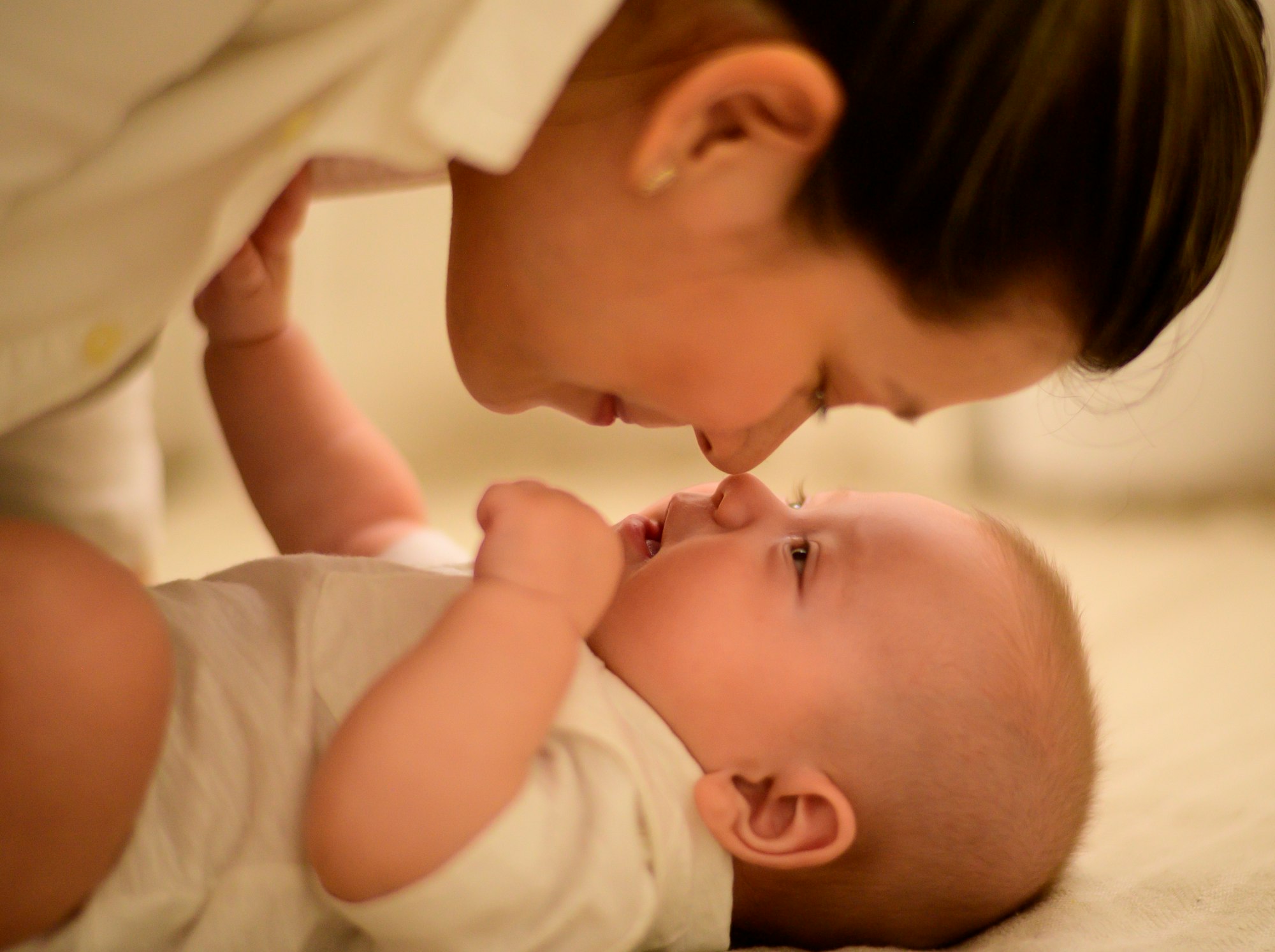Expanding a family as a female couple can spark hope, anticipation, and sometimes a swirl of questions that linger late into the night. How does one navigate the landscape of assisted reproductive technologies while honoring both emotional and biological bonds? What pathways exist in an era where medical possibilities, legal frameworks, and societal attitudes are evolving—often unevenly? Drawing on the collective experience of families, clinicians, and researchers, this journey explores advanced medical options, emotional challenges, and practical tips for those considering the dynamic world of female couples and assisted reproduction.
Pathways to Parenthood: Choices for Female Couples
Expanding Options in Assisted Reproduction
When it comes to female couples and assisted reproduction, the menu of possibilities is ever-growing. Fertility medicine now offers routes that, a generation ago, were barely conceivable. Sperm donation stands as a foundational step, often combined with intrauterine insemination (IUI)—a straightforward procedure introducing donor sperm directly into the uterus at the optimal moment of ovulation. Minimal discomfort, targeted timing, and a scientific approach to increasing the chances of conception: that’s the promise of IUI, especially appealing due to its simplicity and relatively lower cost.
Moving a step beyond, in vitro fertilization (IVF) involves harvesting eggs, fertilizing them with donor sperm in a laboratory setting, and transferring embryos to the uterus—a process allowing for more control and, often, higher success rates per cycle compared to IUI. But what about shared motherhood, a dream for many couples wishing for both partners to play a biological role? Enter the Reciprocal IVF or ROPA method, a procedure enabling one partner to provide the eggs while the other carries the pregnancy. A fusion of genetic and gestational motherhood—though, in some countries, laws are still catching up with medical innovation.
Legal changes in places like France have opened new doors. Since August 2021, assisted reproduction using donor sperm has become available for female couples, removing years of travel and uncertainty for many families. Consider, however, that some hurdles remain: surrogacy is not permitted in France, and the average wait time for donor sperm procedures can be close to a year, so patience truly becomes a parental virtue.
Medical, Social, and Legal Considerations
Science is only one part of the equation. Female couples and assisted reproduction intersect with legal frameworks—parental rights, birth certificates, and the recognition of both mothers may differ sharply by country or even region. Some nations have adopted inclusive policies, while others require lengthy legal processes such as adoption for the non-biological mother. Questions of access, representation, and equity ripple through the decision-making process, provoking thoughtful conversations about parental identity and child well-being.
Tailored Support and Emotional Realities
Psychological Guidance on the Road to Parenthood
Choosing assisted reproduction as a female couple often means entering a world rich in complexity—opportunity on one hand, a host of questions on the other. Psychological support is not a luxury, but a lifeline. Fertility clinics attuned to LGBTQ+ families increasingly provide affirming counseling, enabling couples to share thoughts about parental roles, donor selection, and future conversations with their child.
Frequent concerns include: What does it mean for one partner to be the biological mother, the other the social mother? How will decisions about who provides eggs and who carries the pregnancy affect relationship dynamics? Are there unresolved questions about genetic heritage, physical resemblance, or the child’s right to know their donor origins (particularly pertinent in countries like France, where children now have legal access to donor information)?
Communication forms the backbone of emotional resilience, and counseling—both individual and together—can help clarify expectations and address anxieties, especially when the process is lengthy or uncertain. It’s not uncommon for couples to feel a mix of joy, anticipation, and occasional worry about societal reactions or their evolving family structure.
Building a Supportive Ecosystem
Parents embarking on this journey rarely regret seeking connections—with healthcare professionals who “get it,” with peer groups, with legal counselors versed in female couples and assisted reproduction. Online forums, community events, and non-judgmental spaces provide vital reassurance and strategies to tackle both expected and unexpected hurdles.
Medical Science and Practical Steps
Comprehensive Evaluation: More Than Just a Routine Check
No shortcuts exist when preparing for assisted reproductive technology (ART). Both partners often undergo assessments: hormonal profiles (think anti-Müllerian hormone or AMH to estimate ovarian reserve), physical exams, ultrasounds, and screening for any underlying health conditions. Even for those without a history of infertility, these investigations can reveal treatable obstacles, ensuring the safest and most effective path forward.
Genetic counseling offers additional insight—evaluating risks of inherited conditions, clarifying medical jargon, and supporting informed choices around donor selection or preimplantation genetic testing (PGT). Unexpected findings sometimes surface, transforming simple plans into deeper discussions about values and acceptance.
Navigating Treatment Choices and Costs
The differences between IUI, IVF, and ROPA are not only medical but practical. IUI is less invasive, generally costs less, and typically involves fewer medications. IVF and ROPA introduce higher success rates—especially in cases of older maternal age or pre-existing fertility concerns—but bring with them pulmonary needle aspiration for egg retrieval, hormone injections, laboratory fees, and often greater emotional stakes. Donor sperm costs, medication regimens, and legal consultations add another layer to budgeting and planning. Insurance coverage (or lack thereof) varies, with some families pursuing grants, loans, or crowdfunding.
Legal, Ethical, and Social Frameworks
Parental Rights and Legal Protections
The joy of parenthood should never be overshadowed by paperwork, yet female couples and assisted reproduction sometimes encounter extra legislative steps. While some nations allow both mothers to be named on the birth certificate from day one, others require secondary legal recognition—second-parent adoption, court declarations, or formal parental agreements. These differences matter, influencing not just daily life but security in the face of family transitions, travel, or medical emergencies.
Surrogacy, while rarely the first choice for female couples (except in particular medical cases), poses additional ethical questions and cross-border legal challenges. ROPA, too, requires legal clarity regarding parentage, especially if the laws of one’s country have not caught up with medical progress.
Ethics: Donor Conception and Child Identity
For many, choosing a sperm donor is a turning point. Anonymous sperm donation offers privacy, but may limit future opportunities for a child to access origins or medical history. Known donor arrangements can involve deeper personal relationships but raise questions about boundaries and roles. Recent legal changes (e.g., in France from September 2022) give donor-conceived children a right to access donor identity, prompting parents to consider how—and when—to discuss these matters with their child.
Developing an open, honest narrative around donor conception supports positive child identity. Many families choose to start these conversations early, weaving them naturally into family life.
Parenting, Identity, and Family Dynamics
Pregnancy, Birth, and Shared Parenting
Success rates hinge on maternal age, chosen method, and egg quality. IUI averages 10–20% pregnancy rates per cycle; IVF and ROPA offer 20–40%, with some studies showing ROPA live birth rates as high as 79–80%. High-quality prenatal and perinatal care—regular check-ups, monitoring, early screening for pregnancy-related complications—are paramount.
Post-birth, research makes one thing clear: the distinction between biological and social motherhood often fades as both mothers develop strong, nurturing bonds. Daily care, sleepless nights, first words—these are shared milestones, not defined by genes but by presence and love.
Ongoing Reflection and Social Support
Societal attitudes shift, not always as swiftly as hoped. Parental leave policies, school enrollment forms, and social events sometimes present momentary bumps. Yet many families report robust resilience, drawing strength from supportive networks and their commitment to open dialogue.
Roles within the family naturally adapt: some couples rotate caregiving responsibilities, others settle into rhythms based on work schedules or personal inclinations. Regular check-ins between partners ensure that both feel valued and engaged—whatever the path to parenthood.
Key Takeaways
- Female couples and assisted reproduction now have access to an array of family-building options—IUI, IVF, and, where, permitted, ROPA/shared motherhood—each offering unique advantages and considerations.
- The experience encompasses medical, emotional, and legal dimensions; expect an interplay of factors from donor choice to insurance coverage.
- Legal recognition of both mothers varies by country; early consultation with specialized legal professionals can avert future headaches.
- Emotional well-being stands on clear, ongoing communication, mutual support, and, when helpful, psychological counseling—especially given the unique dynamics of shared or social motherhood.
- Proactive preparation—medical screening, genetic counseling, and developing a family narrative around donor conception—lays a solid foundation for family identity and bonding.
- Support networks, both professional and community-based, provide reassurance, reduce isolation, and help normalize every twist in the road.
- Advances in reproductive medicine continue to broaden possibilities and improve outcomes, supporting healthier pregnancies and more secure legal recognition.
- For personalized advice, health questionnaires, and up-to-date parenting tips, parents can download the Heloa app—a resource designed to support families at each new step.
Empowerment in the sphere of female couples and assisted reproduction comes from knowledge, proactive planning, and the embrace of every family’s unique rhythm. Every path is different, but each one deserves support, respect, and the chance to flourish.
Questions Parents Ask
Can both partners in a female couple be recognized as legal parents from birth?
Depending on the country, recognition of both mothers at birth can vary greatly. In some places, both partners are listed directly on the birth certificate, affirming their family status without delay. In other regions, it may be necessary for the non-biological mother to complete extra legal steps, such as second-parent adoption. Navigating legal processes can feel daunting, but don’t hesitate to reach out to a legal professional who specializes in family law for LGBTQ+ families. This proactive step offers valuable serenity and ensures your family is protected, whatever path you choose.
How does donor selection work for female couples?
Selecting a sperm donor is a personal and sometimes emotional process. Fertility clinics often provide detailed information about donors, ranging from medical and genetic profiles to physical characteristics and in some cases, personality traits or donor philosophies about contact with the child. Some families choose an anonymous donor, others feel more comfortable with a known donor—each option brings its own questions and considerations. If you feel uncertain, many clinics offer counseling to help you reflect on what feels right for your family and future child. Remember, no choice is perfect, but a thoughtful conversation as a couple can be very reassuring.
Are there emotional challenges unique to female couples using assisted reproduction?
Yes, the journey can touch on unique emotional concerns, including questions about each mother’s connection to the child, how roles might be interpreted by others, or how and when to share information about the donor. It’s completely natural to experience waves of anticipation, pride, and sometimes even doubt. Creating space to talk openly as a couple—possibly with an affirming counselor or within supportive peer groups—is a gentle way to address feelings or worries that arise. Remember, many families find their own rhythm over time, discovering joy and confidence in their growing bond.









